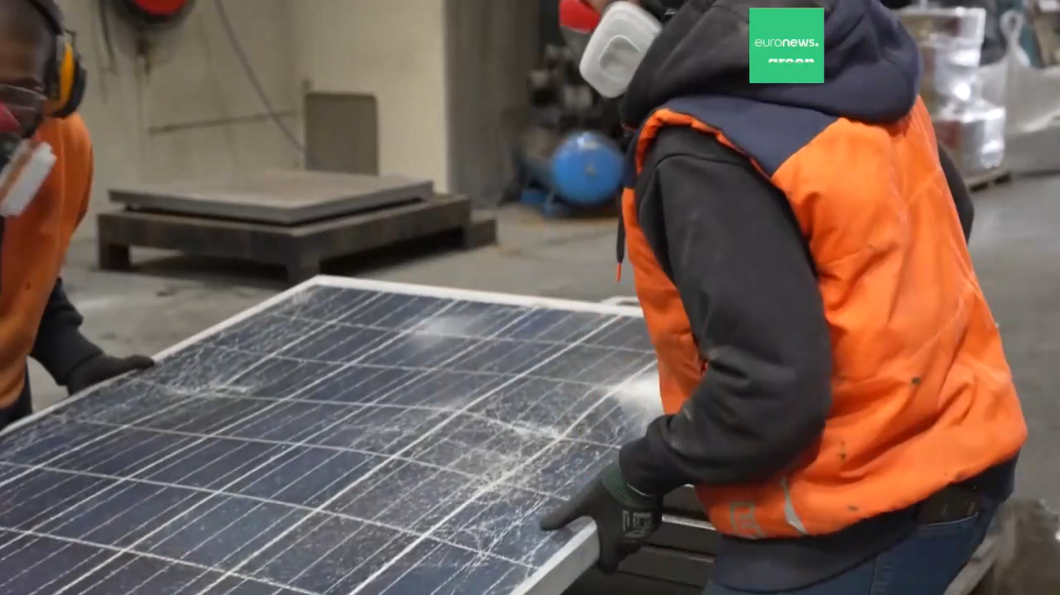Ozone Layer to Recover Within Decades
Scientists and researchers have been closely monitoring the ozone layer since the 1980s, when alarming reports of its depletion first surfaced. Now, over 40 years later, have we gotten past this potential danger?
The ozone layer, a vital shield that protects Earth from harmful ultraviolet radiation, is on track to be fully restored within the next few decades. This remarkable recovery is likely the result of decisive action taken around world to phase out ozone-depleting substances, such as chlorofluorocarbons (CFCs), following the 1989 Montreal Protocol.
In the years since the Montreal Protocol was signed, the ozone layer has shown steady improvement. Scientists and researchers have been closely monitoring the ozone layer since the 1980s, when alarming reports of its depletion first surfaced. In the years since the Montreal Protocol was signed, it has shown steady improvement.
According to the latest UN assessment, the ozone layer is expected to be completely recovered by 2040 across most of the world, with the polar regions taking a bit longer – 2045 for the Arctic and 2066 for the Antarctic.
If you liked that article, you will probably enjoy reading this article about Amazon deforestation. Don’t worry, it is good news!

